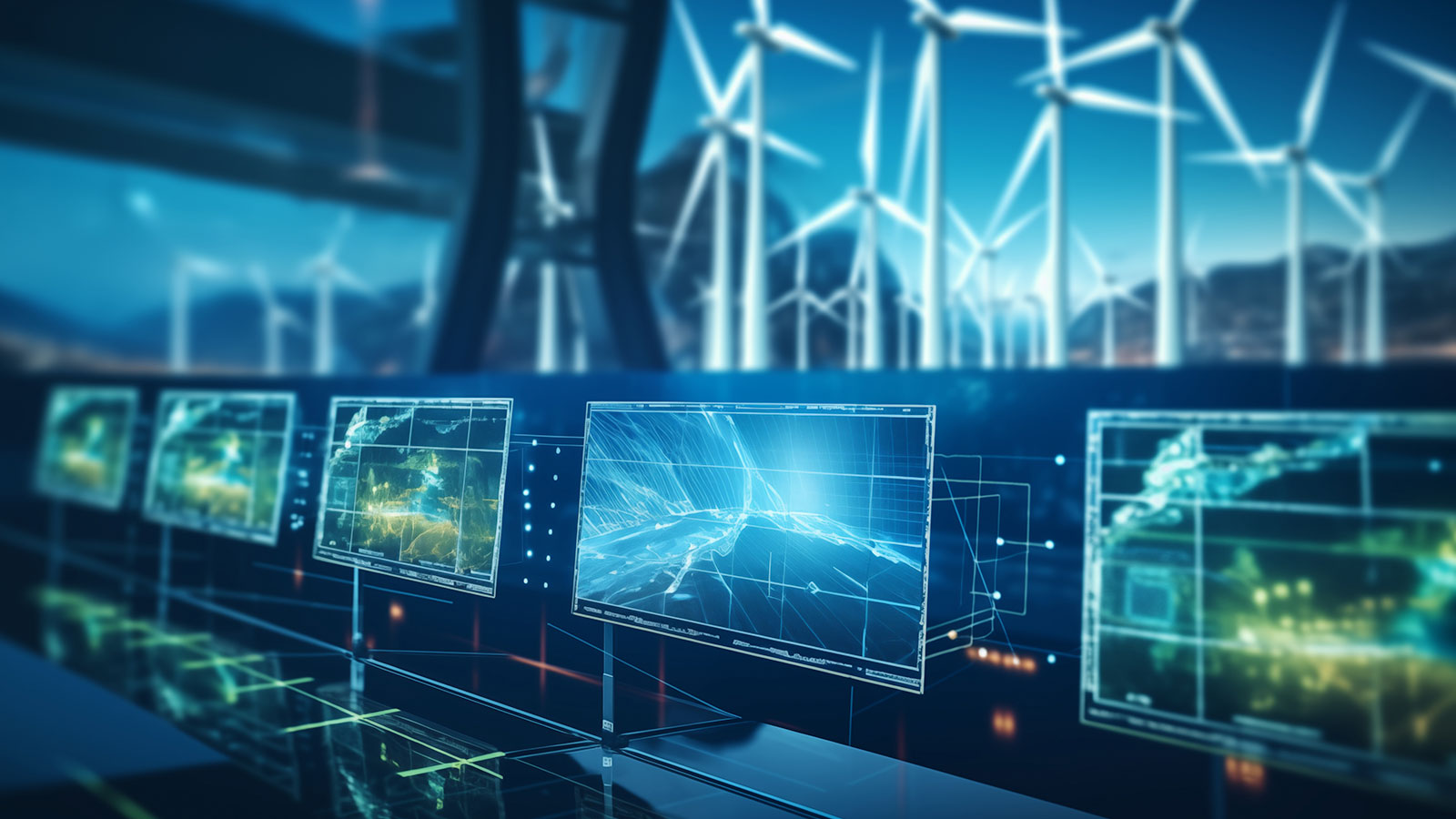Tim Ballard, Head of Product (New & Aftermarket) at Finning UK & Ireland, explores what we can expect from AI in improving energy efficiency and facilitating the integration of renewable infrastructure.
The UK is harnessing the power of artificial intelligence (AI) to supercharge clean energy. With rapid advancements in AI technology, the potential to scale up clean energy solutions has never been more promising. The UK government is leading the charge with its ambitious £1.73 million Artificial Intelligence for Decarbonisation Innovation Programme.
The role of AI in energy efficiency
AI is poised to bring enormous value to the energy sector, particularly through its ability to provide sophisticated real-time analysis far beyond human capabilities.
By creating the right algorithms and supplying them to AI, we can analyse vast amounts of energy consumption data in real-time, identifying system and operational inefficiencies that might otherwise go unnoticed. This data can help reduce waste across sectors, from industrial design to home appliances, promoting energy efficiency.
On a domestic level, AI-powered energy management systems can automatically adjust heating, ventilation, and air conditioning, delivering significant energy savings without sacrificing comfort at home.
Facilitating the integration of renewable energy sources
On a larger scale, AI’s role in the clean energy transition includes facilitating the integration of renewable energy sources into the grid.
The intermittent nature of solar and wind power has traditionally posed challenges for grid operators, but AI can help overcome these hurdles. By analysing weather patterns, historical renewable energy generation data, and other relevant variables, AI algorithms can accurately forecast renewable energy production.
This predictive capability allows grid operators to better plan for and manage the integration of clean energy sources into the overall energy mix. With AI’s assistance, the world can more effectively utilise the power of renewables.
Given the growing mix of renewable energy sources and decentralised generation, maintaining grid stability is more crucial than ever. AI has the potential to enhance grid management by predicting demand fluctuations, identifying potential failures, and optimising the distribution of energy resources.
By analysing real-time data from smart meters, sensors, and other IoT devices, AI can help grid operators make informed decisions to balance supply and demand, prevent outages, and ensure a reliable energy supply. AI can also optimise the charging and discharging cycles of energy storage systems, such as batteries, to maximise their efficiency and further stabilise the grid.
Overcoming barriers to widespread AI adoption
While the potential benefits of AI in the clean energy transition are clear, several barriers need to be addressed to enable widespread adoption. High-quality data is key; without it, algorithms cannot be trained correctly, rendering them unreliable and unusable.
Data privacy and security concerns must also be addressed to facilitate secure data sharing among stakeholders. Transparency and accountability are crucial here.
Additionally, operability and compatibility between different components and systems can be complex, requiring significant upfront investments in infrastructure upgrades and software development. However, with the right approach and strategic investments, these challenges can be overcome, paving the way for AI to play a pivotal role in the journey to net zero.
Driving towards a greener, smarter energy future
AI, while still being understood and developed further, offers transformative potential in accelerating the transition to a cleaner, smarter energy future. By leveraging AI’s capabilities, we can enhance energy efficiency, integrate renewable energy sources more effectively, and ensure a stable and reliable energy supply.
The UK’s commitment to AI-driven decarbonisation is a promising step towards a sustainable future. The future is bright, green, and powered by AI.


